Content marketers are the unsung heroes of the marketing world.
Without great content, you can’t get conversions.
And without conversions…
I don’t need to finish that sentence, do I?
But many content marketers are already suffocating under the weight of a million other tasks that keep them scrambling to keep up, instead of strategically creating great new content.
Are you exhausted from putting out fires all day, every day?
Are you simultaneously trying to solve every business problem in the form of blogs, infographics, and Pulitzer-Prize-winning tweets?
There is hope.
I’m going to show you 12 content marketing strategies you may be overlooking that can skyrocket your growth.
But first, let’s level-set on what “great” content actually is before we talk about how to create it.
Why invest in a content marketing strategy?
I have three questions for you:
- How much time have you spent thinking about your content marketing strategy — honestly?
- Are your contributions recognized and valued by others in your organization?
- Are you running out of ideas for new growth drivers?
Content marketing costs 62% less on average than other tactics but delivers 3x the leads.
That’s a pretty compelling statistic to deliver to naysayers that may not see the value, right?
And yet, only 37% of marketers have a dedicated, documented content marketing strategy.
Where is the disconnect? If it’s so valuable, why isn’t it a high priority in every organization?
Simple. Marketers are overworked and overwhelmed.
Think about it.
The average blog takes about three and a half hours to write. That’s well over a third of the typical workday.
Add to that the time constraints of daily “emergencies” and the never-ending parade of content needs fighting for attention.
Marketers are the “firefighters” of most organizations, constantly running around, putting out tactical blazes.
So how do content marketers choose the right strategies for the biggest results when they feel like they can barely stay ahead of the landslide of tactics they have to get done each day?
First, you have to know where to look to find the best return on your time investment. Here are 12 strategies to apply to your content efforts to start getting results.
1. Use visuals
When your audience visits your site, show them what you want them to know, instead of just telling them.
When you go to your homepage, what jumps out? Is it just a sea of text? Where do your eyes go first?
All text and no imagery makes for a very dull page.
When you tell someone something new via written text, they will only remember about 10% of that information.
However, if a relevant image is paired with that same information, the same person is likely to retain 65% of the information.
How is that possible?
Human beings process images 60,000 times faster than plain text.
That old adage of a picture painting a thousand words is especially true in content marketing.
You don’t have to reinvent the wheel to add visuals to your existing content.
If you notice in my posts, I try to include an image every couple hundred words to reinforce the information and keep my readers from getting bored. You can easily do that with your posts.
Another simple way to use your existing content in a more visually-appealing way is to turn your data into an infographic.
A graphic design tool like Canva can help you build compelling infographics that will stick with your readers and help your content get shared.
2. Write to go viral
Not every piece of content is destined for fame. Some content is just good, old-fashioned utilitarian stuff that has to be written, but isn’t going to get retweeted hundreds of times.
And that’s okay.
The problem is, some content marketers underestimate their ability to create viral content, and they get stuck in the “utility rut.”
They’re constantly putting out the stodgy, necessary functional posts that only the most diehard readers will actually make it all the way through.
Please don’t be afraid to take some healthy risks with your content.
Be funny. Be shareable. Be a little edgy.
Remember this ad campaign from Old Spice?
It was all of the things I mentioned. Meant to be funny, easily shared, and a tiny bit risque.
It went viral, to the tune of a 107% increase in sales over five months.
If you’re not sure what steps to take to create viral content, check out the kinds of posts that were shared the most in 2017, according to Buzzsumo.
Above all, be yourself when you write. Maybe every post can’t hit a home run, but originality is rewarded.
3. Go where your audience goes
If you want to meet other dog lovers, you go to a dog park. If you want to meet Parisians, you go to Paris.
It’s no different for content marketing.
Many content marketers stick only to the platforms and content venues they are most comfortable with.
The problem is that the way people consume content is changing.
For example, just a few years ago, who would have considered Alexa (and other voice search devices) as a vehicle for content marketing?
Projects like Marketing School are making their content available through these devices as yet another way to meet their audience.
Go where you are most likely to meet your audience, and they are most likely to listen to you.
How do you know where that is? Do some research on where your specific audience is most likely to congregate.
Is it Twitter? LinkedIn? A user community?
Be there when they get there.
Once you’ve identified where to find your tribe, take some time to personalize your content to meet their needs.
Platforms aren’t one-size-fits-all when it comes to content. Tailor for the platform and the audience.
Trust me — they will thank you for it.
57% of your audience is willing to give away some personal information in the interest of helping you personalize the content you offer them.
Here’s an example from Twiddy, a vacation rental company in the Outer Banks.
By using their consumer data to customize pricing predictions and suggested rental options when users logged in, they boosted their portfolio by 10%.
4. Do more than blog
Blogging, while important, is not content marketing, per se.
At least not on its own.
Hear me out.
Nearly 410 million Internet users read blogs, but marketers often look at blogs as the endpoint of their content, rather than the starting point.
Blogs don’t create conversions on their own.
Sure, they are a piece of the puzzle, but you have to look at your overall content goals and roll your blog strategy into them — not the other way around.
Doug Fowler, President of Waypost Marketing, explains it well:
…Recent changes to search engine algorithms still value fresh site content, but that doesn’t mean you should just churn out blog articles…your time is better spent creating more targeted content in more pleasing, easier-to-digest formats…
In other words, don’t be a one-trick content pony.
SmallFuel Marketing illustrates it this way:
Don’t stop writing blogs, but use those blogs to fuel SEO, social media outreach, cross-promotion, influencer marketing and as a vehicle to share your deeper pool of content.
If you look at my blog, you will see that my posts point readers back to other content sources by design.
In fact, I’m doubling down on video content this year by spending $144,000 and much of my content marketing efforts are on video instead of blogs.
Why?
The blogosphere is becoming more saturated all the time.
Not only that, four times as many consumers would rather watch a video about a topic than read about it.
Speaking of sharing, have you taken a look lately at where you are sharing your content?
5. Share everything, everywhere
Marketers can’t live by organic search traffic alone.
If you wait for your audience to send a search party out for your content, you’ll be waiting a while.
Instead, it’s your job as a marketer to take your content to the people who need to see it.
The average social media post only reaches a small fraction of your audience organically. You can boost those odds simply by sharing on multiple platforms.
As Jay Baer famously said “Content is fire. Social media is gasoline.”
Think about it. If you are only sharing on one social platform (or on none at all), you will miss out on the diverse audiences that compose the social media spectrum.
Literally, billions of people would never read, share, or subscribe to your content, because they wouldn’t even know you exist.
Don’t be stingy when it comes to sharing.
Look for opportunities to engage with unique audiences, and as new platforms emerge — embrace them.
6. Curate on occasion
We’ve already talked about how content marketers are overworked and swimming in new demands, right?
Think of content curation as a silver bullet in your arsenal of meeting content demands.
Content curation promotes thought leadership, creates goodwill with other industry experts and helps pump relevant content into your posting stream.
A couple of considerations:
- Be discriminating. Make sure the content quality is up to your standards.
- Attribute the content to the original author. If you don’t, it’s just plain, old plagiarism.
Some marketers are afraid to curate — feeling like anything but original content is “cheating.”
That couldn’t be farther from the truth.
According to Curata, the best marketing organizations curate up to 25% of their content.
Look at how content curation helped one marketer grow his Twitter following in just a couple of months.
If you select the right content to complement your brand and attribute it to its original source, you’ll only be offering greater value to your readers and promoting your fellow thought leaders.
7. Know your personas
Have you taken the time to create buyers personas yet?
I’m not talking about having an idea of who might be reading your content or buying your product.
I’m talking about thoughtful, artfully-constructed buyer personas.
While it might feel like just one more thing you have to do, it’s worth the effort.
Ian Cleary, founder of RazorSocial, offers this advice:
Do research with your audience before you publish your content so that you build it based on what they want, rather than what you think they want.
82% of companies say that they are better able to frame their value propositions if they use buyer personas.
Here’s a great example of a buyer persona that American Express developed specifically to refine their content creation efforts.
And if you’re a new company and don’t have a lot of customer data of your own yet, don’t be afraid to check out your competitors’ customer data.
There are lots of online tools to help you spy a little. Here is a list of 25 tools Kissmetrics recommends.
As a bonus, you can also use them to monitor what your own audiences are saying about your brand.
8. Repurpose your best work
As soon as you hit “publish” on a great post, the real fun begins.
There are tons of different content types you can choose to repurpose content into a new vehicle to pick up conversions.
Have you ever heard of the “Marketer’s Rule of Seven?”
It says that your audience needs to hear your message approximately seven times before your message hits home.
Repurposing content is the perfect way to repeat yourself…without repeating yourself.
Don’t worry if you don’t have a big video production or design team.
There are tools that can help you repurpose content. For example, Lumen 5 is an online tool that storyboards blog posts and turns them into video.

You could also turn your blog topics into a podcast. Podcast popularity has more than doubled over the last decade.
With a quarter of the population listening to podcasts, it’s certainly another worthy vehicle to mobilize your messaging.
Try one or two fresh content types to see what resonates with your audience. Once you master those, pick a couple more.
Make your evergreen content work hard for you.
9. Manage your content before it manages you
Once you’ve built up a bank of content and are ready to release it into the wild, you need to decide the best way to manage it for maximum results.
Don’t leave it to chance and off-the-cuff decisions. Invest in the right tools to help you curate, repurpose, schedule and track content intelligently.
It’s a common misconception that content management and editorial tools are too expensive for everyone but the biggest companies with the biggest budgets.
It’s simply not true.
While content management systems certainly come in all price points, here are a couple of examples of low-to-no cost tools you can try out:
Trello is a free, visual project management tool that helps you sort content projects into a Kanban format so that you can track progress, attach files, and assign due dates.
If you have plenty of social media content, but not enough bandwidth to post it at the right times, try a tool like Buffer to automate your posts for you.
If you’re still not sure if you need content management help, pick a couple of free tools and take them for a test drive.
According to Forrester, content management systems enable up to a 68% ROI over the first three years that companies use them.
10. Try a publishing platform
Another smart way to get your content in front of the right audience (and coax them back to your site) is through an established publishing platform like Medium or LinkedIn.
Dietrich Mateschitz the, CEO of RedBull puts it this way:
Brands need to take the phrase ‘acting like a publisher’ literally.
Unfortunately, many marketers assume publishing on a third-party platform isn’t worth their time and won’t get their content where it needs to go to be seen by the right people.
Not the case.
Take a look at the results Buffer saw from using Medium to post their content.
They saw a 1215% lift in page views. And that was from simply publishing “old” content that they had already published elsewhere.
LinkedIn has over 530 million users in more than 200 different countries.
It’s free to set up a company page and to have your employees start publishing content as influencers for your brand.
Dan Golden from Be Found Online says this about the power of LinkedIn as a content platform:
Individuals and brands should use LinkedIn…Brands should encourage employees to be thought leaders and contribute brand messages via their LinkedIn accounts.
11. Write better headlines
Your content is only as good as your headline.
According to Copyblogger, 80% of your readers will take the time to read your headline, but only 20% will stick around to read your article.
Tons of research has been done on the types of headlines that work.
For example, numbered headlines seem to perform better than other headline types.
If you’re not sure what angle will resonate best, then read this HubSpot guide on the formula for writing great headlines.
Once you have a couple of ideas, you can run a simple A/B test to pick a winner. Just make sure you follow the usual A/B testing rules to get accurate results.
12. Be a storyteller
Everyone loves a good story. It’s in our nature.
Think about the marketing campaigns you remember. Were they just lists of statistics and data?
No. They evoked a reaction by telling a story, right?
Your content should be brimming with stories too.
Often, marketers are so accustomed to representing a faceless brand, that they become afraid to be too “human” and share stories that create emotions.
Did you know that since 1954, more Burger King stores have burned down than any other fast food chain?
Odd, but true.
Instead of burying that shocking statistic, Burger King decided to wrap a content campaign around it by using their “Flame Grilled Since 1954” slogan in ads like these:
Seems crazy, right? Here’s the crazy part: it worked.
The campaign was met with great success because it told a memorable (if not a little horrifying) story. The campaign even won a Cannes Grand Prix in Print award in 2017.
Not ready to be that edgy?
Try a kinder, gentler story. Look at this example of an interactive infographic that effortlessly tells a story about coffee.
Conclusion
Businesses with specific content marketing strategies convert about six times more often, on average, than those without them.
The key is to strategize. It can’t be hit or miss.
Unfortunately, the typical marketer is so busy trying to meet daily demands that they don’t take time to evaluate their overall strategy and align it with their specific business goals.
The good news is that when done correctly, content marketing strategies actually remove some of the burdens from overworked marketers.
You don’t need a massive content marketing budget or a team of dozens of marketers to see real results.
If your ultimate goal is revenue growth, content marketing is one of the best-lit pathways to get you there.
It takes planning, creativity, and some experimentation to see what works for your brand, but growth will follow.
Which content marketing strategies have contributed the most growth to your brand?


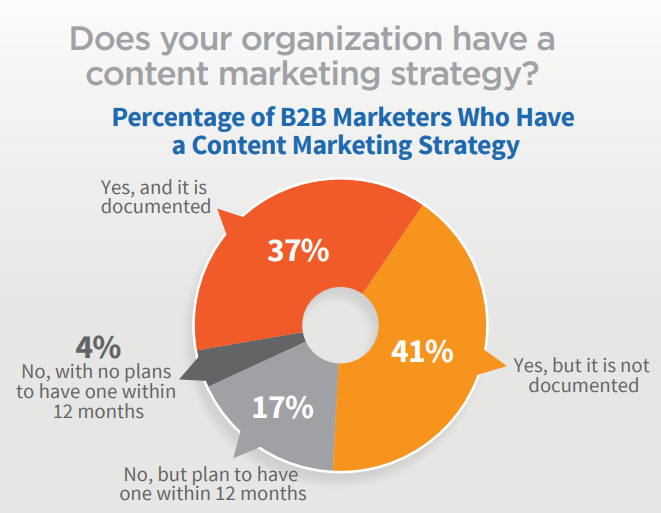





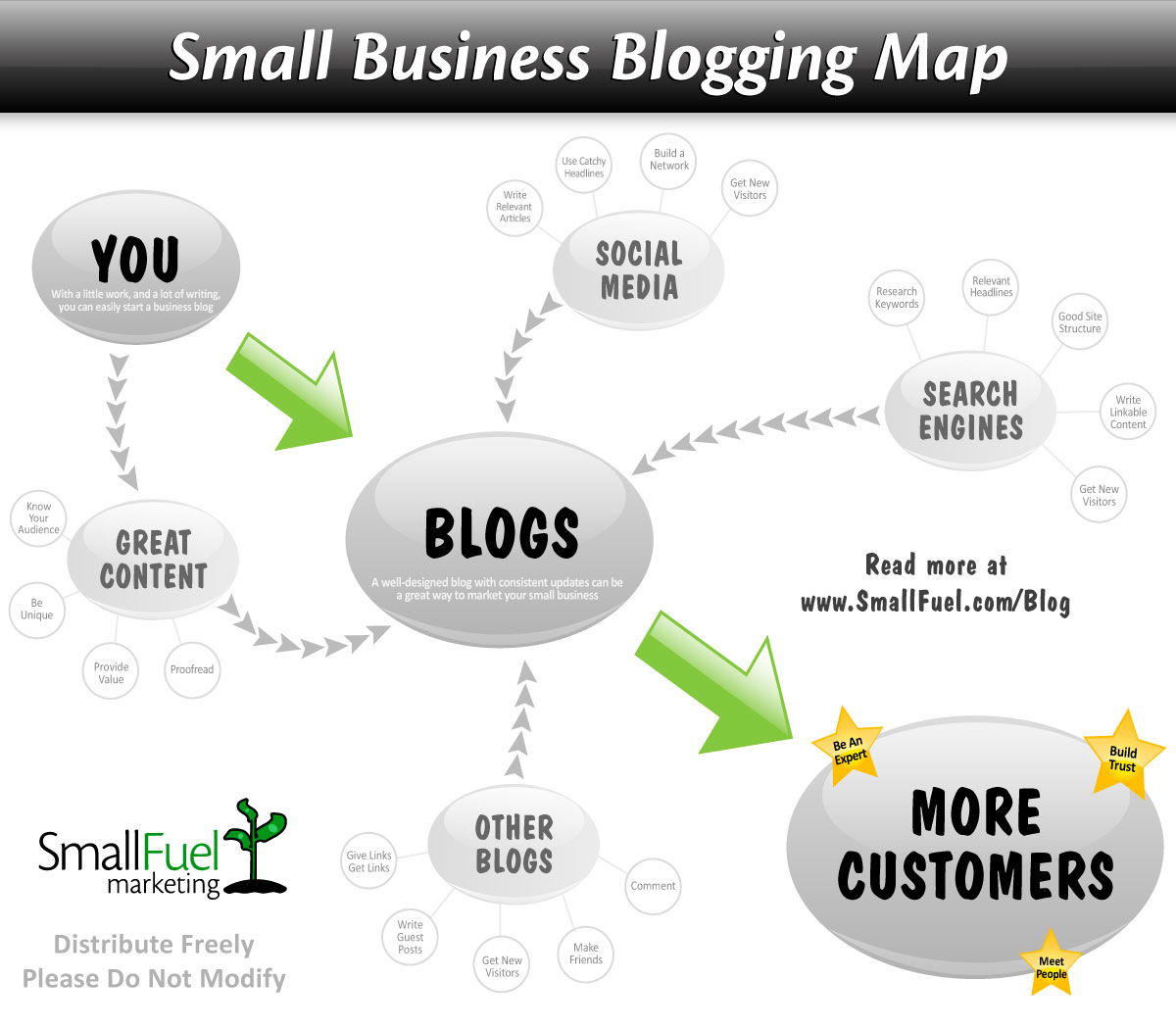



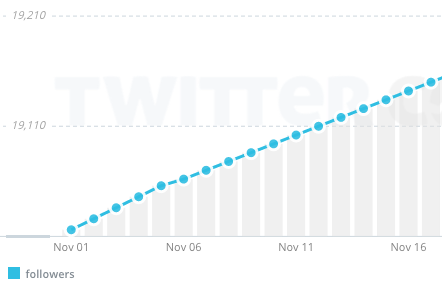

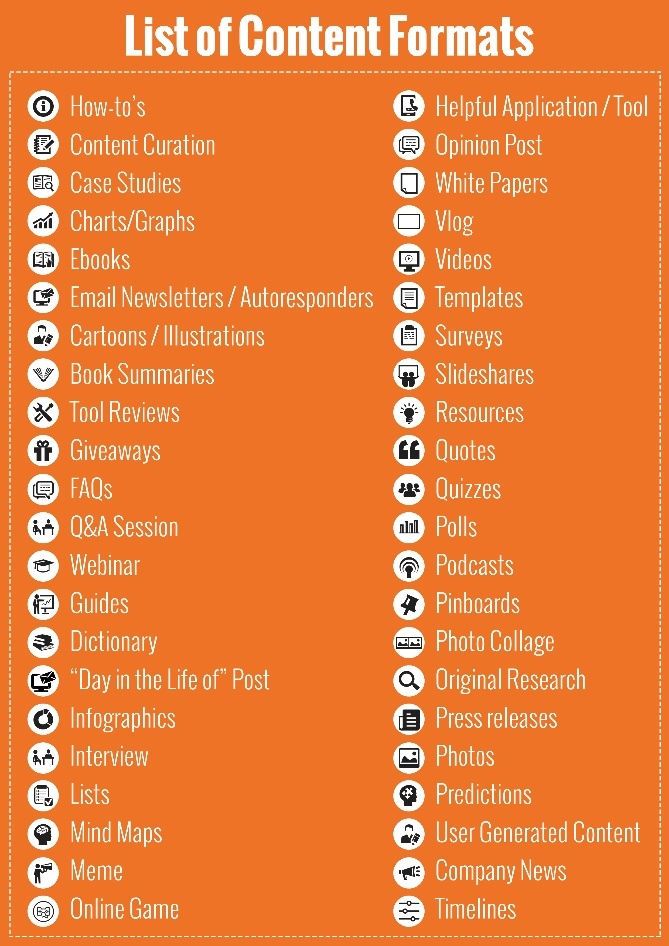


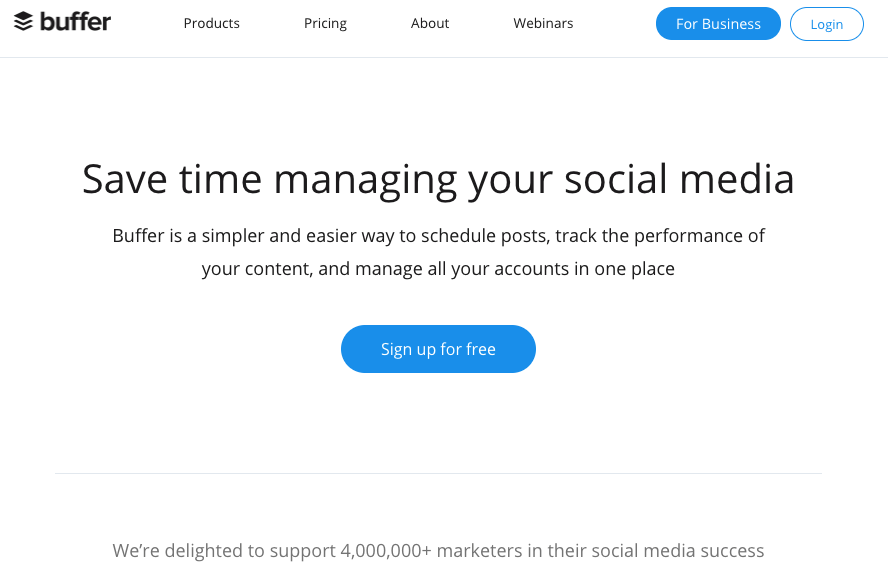
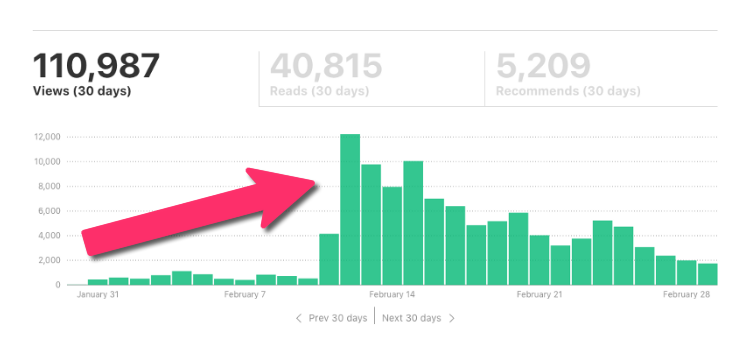

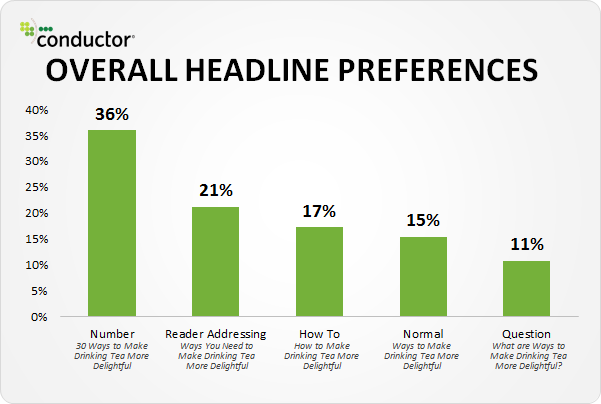



Comments (36)